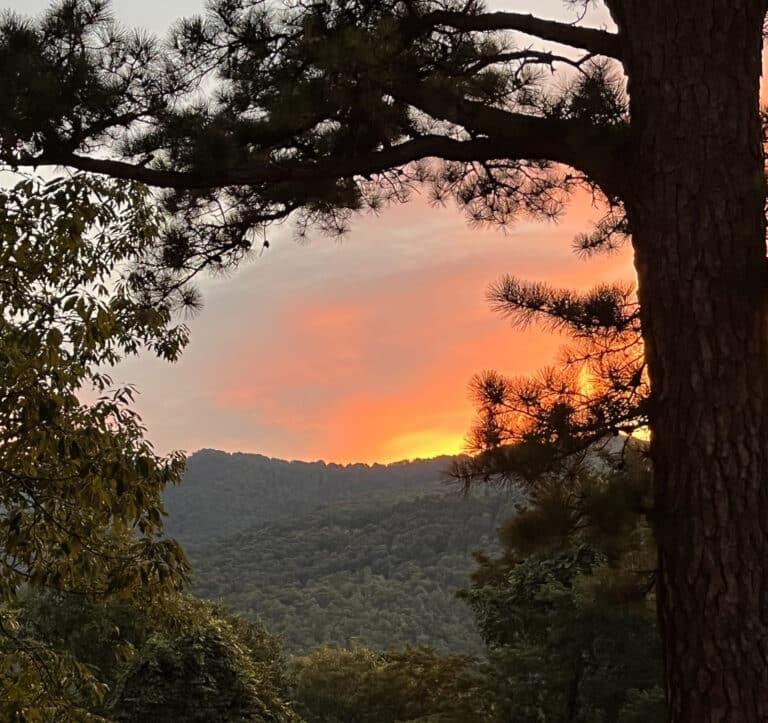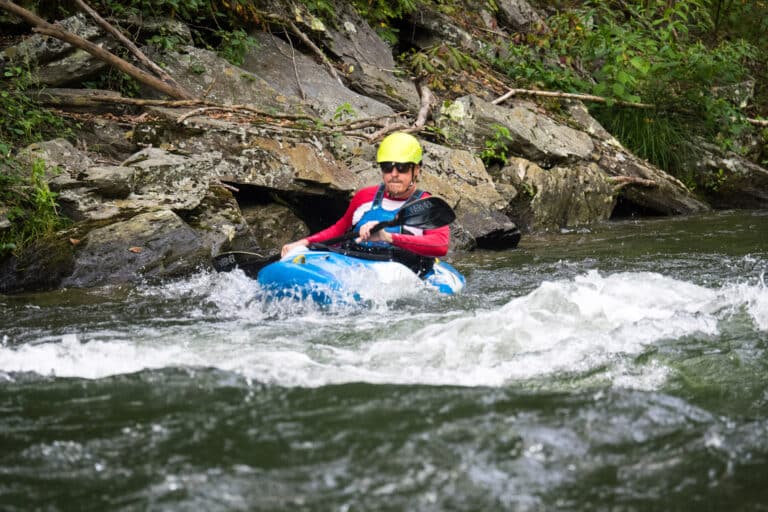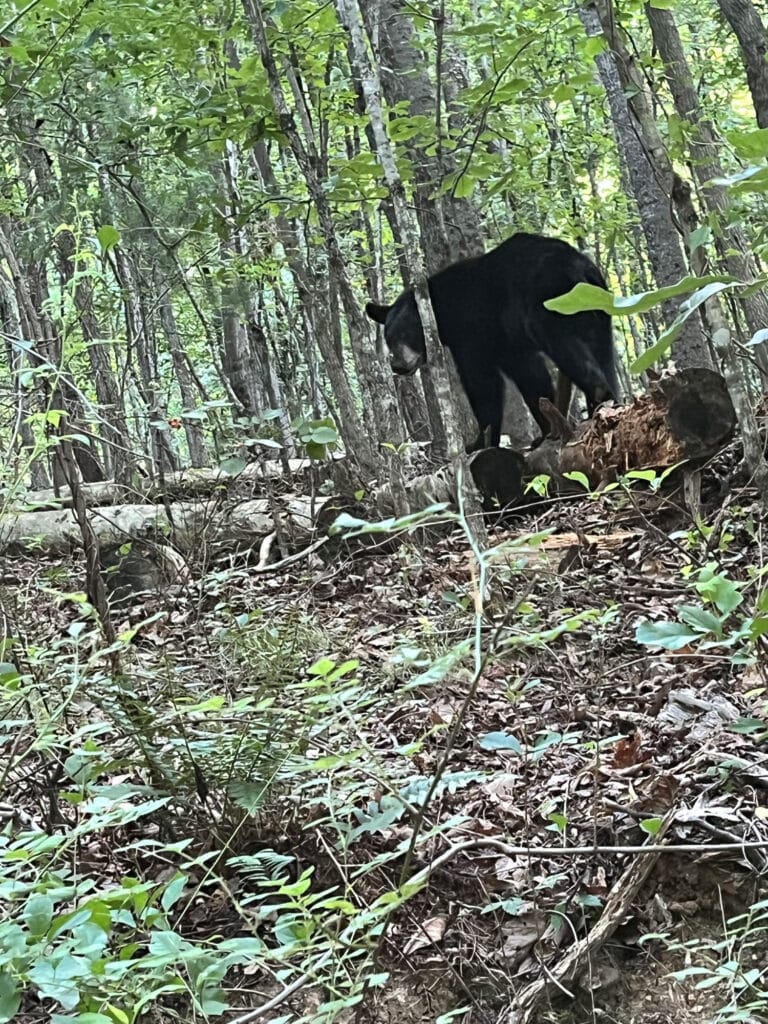Road bike cycling is one of the most popular sports in the world and the biggest challenge within the sport, and its most intriguing aspect, is hill climbing. Major professional cycling tours such as the Tour de France are usually won and lost in the mountains. But why climb the hill? Climbing is also the most difficult part of cycling, requiring great energy and effort and on tough hills or going all out, producing pain. Why, then, do cyclists routinely engage in a painful activity that can result, as they themselves describe, in great suffering for the sole purpose of reaching the top? In the case of professional riders it could be argued that they are paid to do it. For others answers may include losing weight, improving one’s racing ability or fitness level, or getting back to where you started. But I think the real answer is because it is there. This simple phrase sums up why individuals undertake physical challenges. Be it mountain climbing, distance running or peak-bagging by bike, the main reason humans will tolerate the pain is for the physical and mental challenge itself. Hills are there to be beaten, at least for a day.
For years, major cycling events such as the Tour de France have evoked the image of the lone rider struggling up sheer alpine pitches, straining their physical limits. Cycling greats such as Eddy Merckx, Bernard Hinault, and Lance Armstrong, while very complete all-around riders, became legends in the sport in large part from their climbing exploits. The mountains add an almost mythic quality to races as the riders are seen overcoming obstacles that extend beyond the actual asphalt, rock and dirt upon which they climb. Even average cyclists feel the allure of attempting difficult climbs and achieve tremendous satisfaction from a successful summit. It sounds pretty simple. Find a mountain with a paved road to the top and then pedal up it. However, hill climbing is not easy, as certain climbs involve ascents of thousands of vertical feet. Elite riders can race to the top but success for most involves just getting there.
History of Climbing (by bike)
No one may know when the first significant hill was climbed on a bicycle but the first documentation of major ascents occurred in stage races which originated in Europe, the oldest being the Tour de France. It is interesting to note that the first two Tours (first held in 1903) did not include any mountain passes. Bikes were heavy, single speed (and brake) behemoths while many roads were unpaved. Some felt that the riders of the day could not complete big climbs and that adding them to the race route would ruin the Tour. It was not until 1905 that significant climbs were added, the very first being the Ballon d’Alsace in the Vosges Mountains. In 1910 the first major, high altitude passes were added (four major climbs in the Pyrenees Mountains including the now famous Tourmalet) which resulted in a great deal of criticism directed at race organizers that the routes were too difficult. As is often the case human potential was underestimated as many riders of that era conquered the climbs in dramatic fashion. In contrast, 1910 was also the year that the broom wagon was introduced to sweep riders up who could not finish the stage. In 1911 the first major climb in the Alps was added (Col de Galibier) with spectacular results. Instead of being a detriment, the uphill duels captured the public imagination and added to the popularity of the event. The race route every year thereafter has contained many significant climbs. Other major tours that followed also began to include hills along their routes. In 1933 the Tour de France and the Giro d’Italia (Italy’s national tour) began recognizing the best climbers in the field (Spain’s Vicente Trueba was the first winner in the Tour along with Alfredo Binda in the Giro). Most of the major stage races now recognize this accomplishment as the cyclists earn points based upon their finish in a climb and its difficulty. The cyclist with the most accumulated points is awarded the Polka Dot Jersey as the winner of the king of the mountains competition.
The performances of great early climbers such as Alfredo Binda, Fausto Coppi and Charley Gaul continued to increase the popularity of the major tours. These events made climbs such as the Tourmalet and L’Alpe d’Huez in France and Stelvio in Italy as well known to cycling fans as the Daytona Speedway or Yankee Stadium are to U.S. racing and baseball fans respectively. The mountains allowed bike races to become truly great as the event rose beyond the personal concerns of the cyclists to reflect life as a whole. Today hill climbing is more popular than ever and within multi-stage races those with hilltop finishes are usually the most anticipated and best attended stages of the race. Racing fans know that hills offer the best opportunity to view the drama within the peloton as it struggles through the most difficult and important element in any race. Climbing adds the mythic quality of overcoming obstacles that continues to be associated with the major cycling tours and which has produced many memorable moments. Ascending difficult hills is about struggle and perseverance and it is these aspects that have made conquering the mountains the heart and soul of cycling.
Blue Ridge Climbing
The Blue Ridge and Appalachian Mountains in the Southeast United States are among the most beautiful in the World. Throw in the Cumberland Plateau in Tennessee and you have a large proportion of the landscape in this region that is tilted upward. Its beauty well known, to a cyclist the topography is even more interesting as any location with multiple mountains is bound to have multiple ascents of interest. Road bike cycling and hill climbing in particular are enjoying a surge in popularity in the U.S. but despite the growing popularity there is little published information on the location of area road bike hill climbs and very little accurate data on the length, elevation gain and other statistics of these climbs. Many roads are hilly but it is individual climbs that are of true interest to many cyclists. From short and steep hills to long, mountain ridge grinds the Southeast has climbs to engage and challenge any cyclist. However, many who ride are after the biggest challenges. To that end, below are descriptions, locations and statistics for what may be the five most difficult road bike climbs in the Southeast United States. All of these climbs are category 1 (cat 1) climbs, which is the 2nd most difficult hill climb classification.







